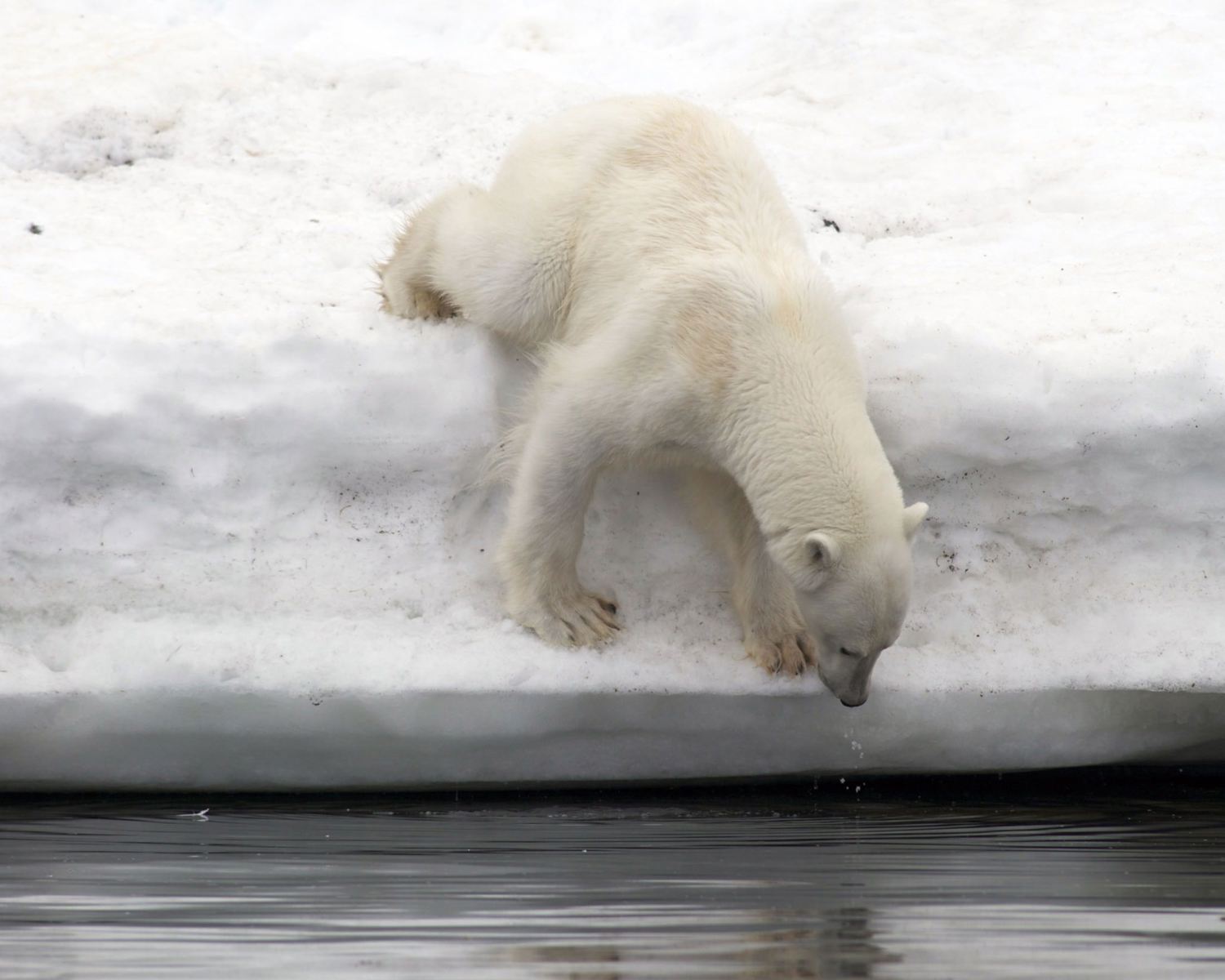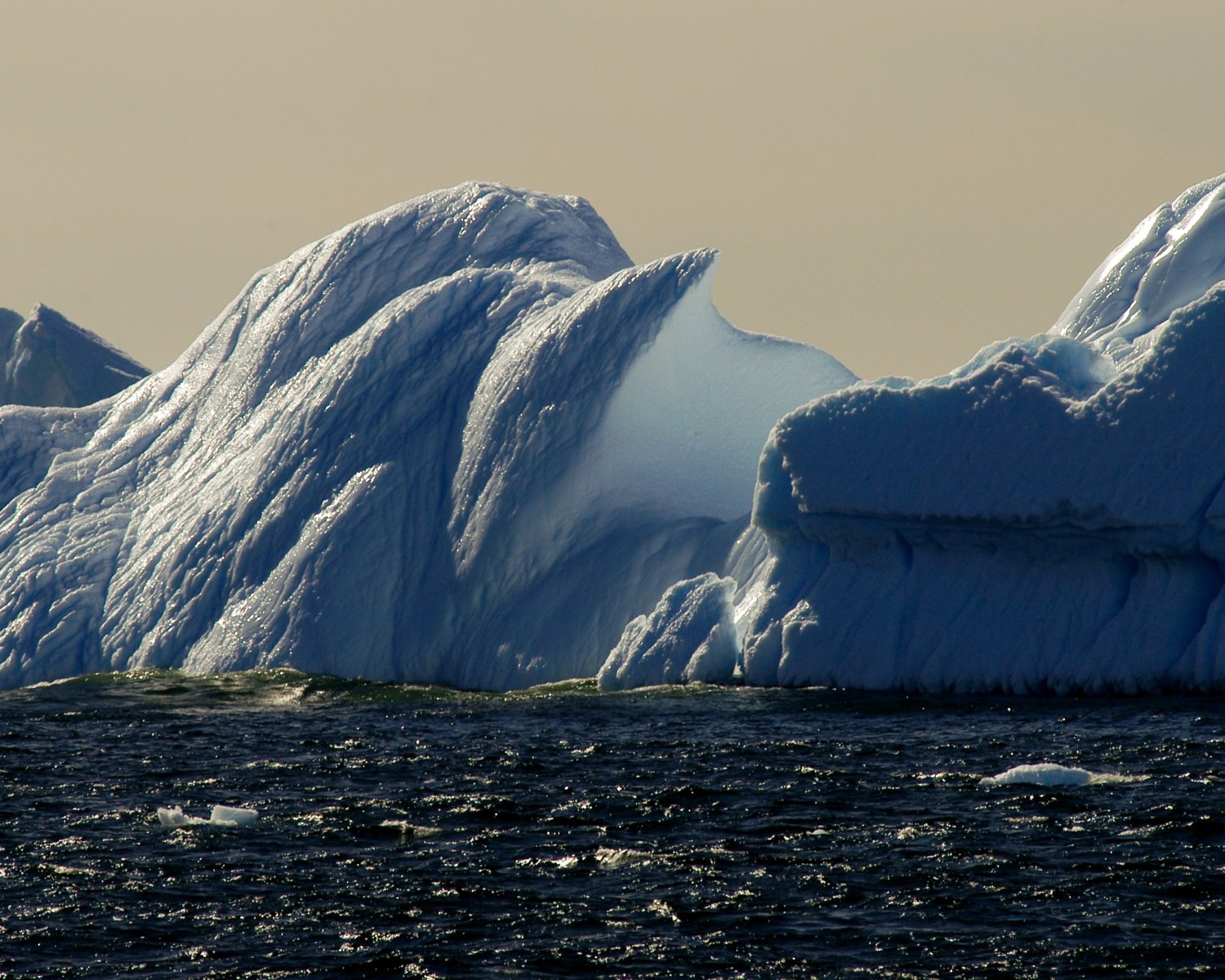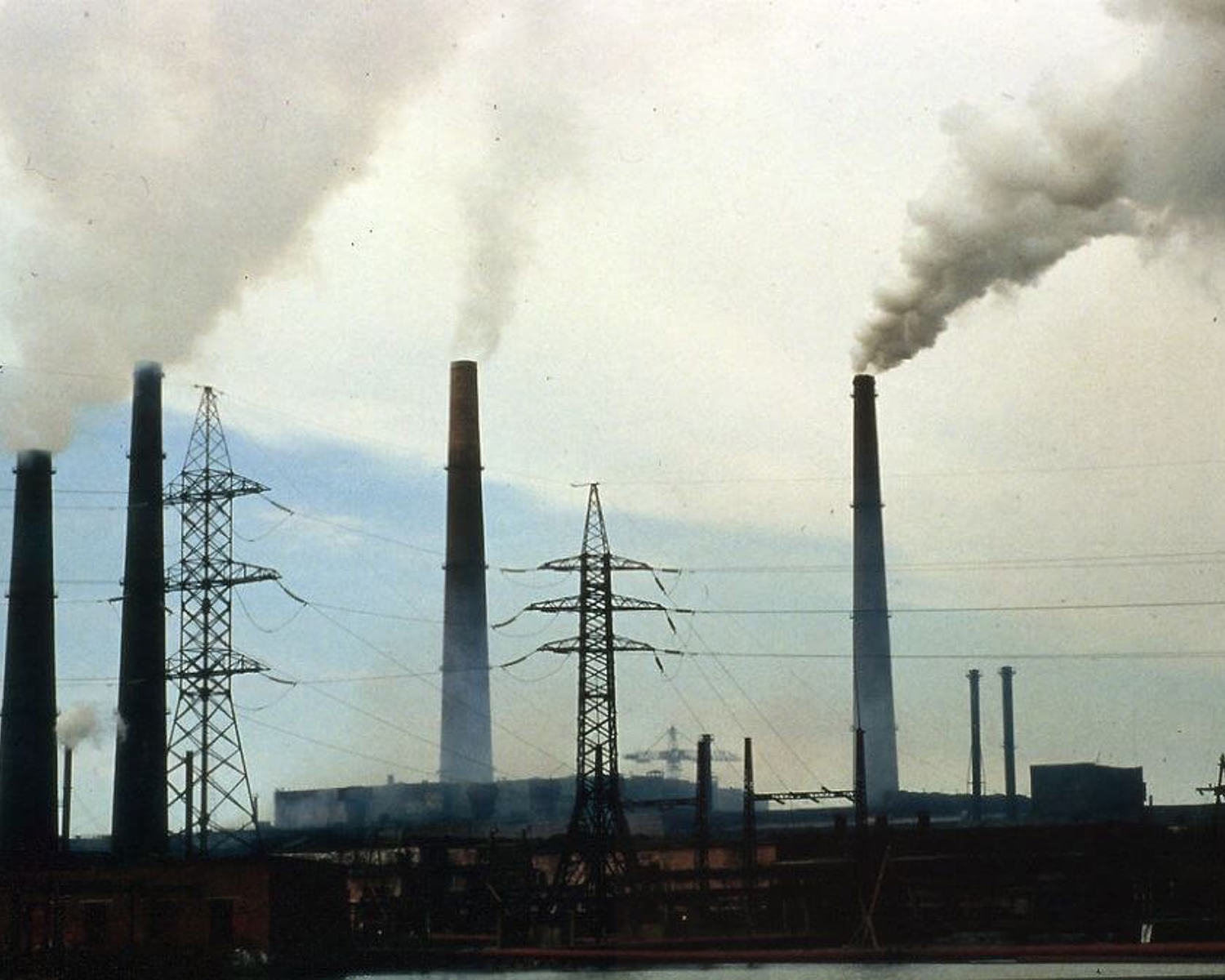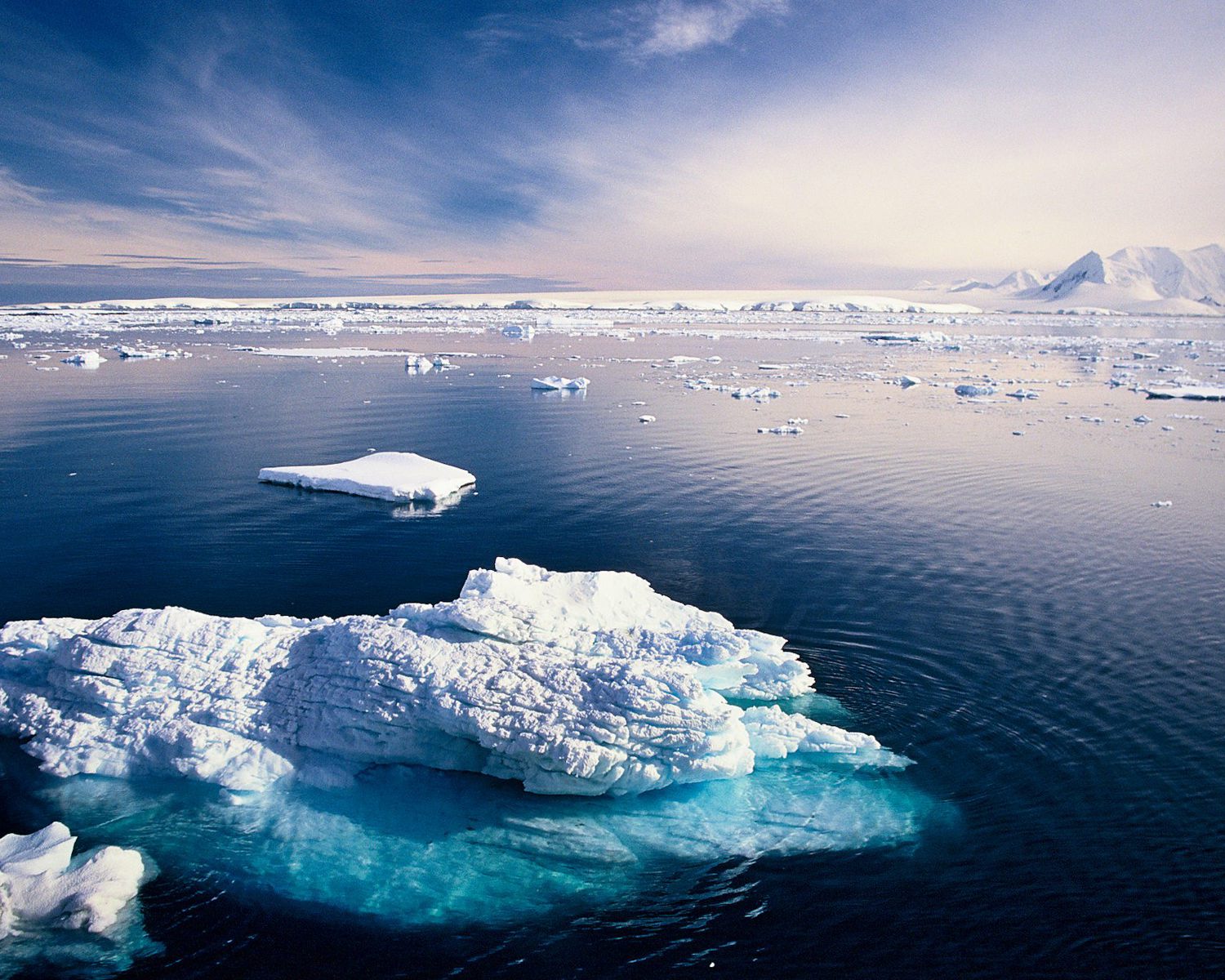Direct ocean capture

The majority of the inorganic carbon on Earth is stored in the oceans. There is a natural carbon exchange between the ocean and the land.
Direct Ocean Capture (DOC) is a method that seeks to remove inorganic carbon directly from seawater. This can be done through various electrochemical means (see NASEM, 2022 and Jayarathnaa et al. 2022). The captured carbon can then be stored or utilized, and the decarbonised water could be returned to the ocean where it would be able to take up more carbon. Because such carbon extraction would require large volumes of water throughput, there have been suggestions to combine it with a system that uses tidal or wave energy, desalination systems, or more experimental Ocean Thermal Energy Conversion.
Analysis overview

Technological Readiness Level (TRL)
Low 1
GESAMP (2019) describes DOC as conceptually ‘one of the simplest [marine] CDR techniques’, However, it has not been applied at scale, and significant questions about potential feasibility and scalability remain. There are several suggested electrochemical DOC techniques, some of which are already in use at a smaller scale for different purposes (see NASEM, 2022). One often mentioned technology, that is also featured in GESAMP (2019), combines electrodialysis with a bipolar membrane.
There have been laboratory and prototype and model studies on this technique (see mainly: Eisaman et al., 2012; de Lannoy et al, 2017; Eisaman et al., 2018; Digdaya et al, 2020), although it is not the only one. Kim et al (2023) for example recently announced they found a far cheaper method for DOC without the use of expensive membranes.
In the United States, ARPA is funding a project on DOC and supports programs at California Institute of Technology, the University of North Dakota, and MIT (arpa-e.energy.gov/technologies/exploratory-topics/direct-ocean-capture). DOC is also developed by commercial companies Heimdal (https://www.heimdalccu.com/), which has built a pilot plant in Hawaii and aims to build larger ones in the following phase, and Captura (capturacorp.com), who built a first pilot plant in 2022 and aim to have a next one ready in 2023.
Technological Readiness Level (TRL)
A technology with a TRL of 1-3: TRL 1 – Basic; TRL 2 – Concept formulated; TRL 3 – Experimental proof of concept

Scalability
Medium 2
Although proponents of DOC often highlight that the technique would be far easier scalable than air capture technologies because of the large area the oceans offer and the greater concentration of carbon in seawater as opposed to air, many questions remain.
NASEM (2022) gives a medium to high confidence for potential scalability of DOC, with the caveat that energy requirements may limit scaling. GESAMP (2019) note that due to the energy requirements, the potential area for DOC could be limited.
It has been suggested to combine DOC with tidal or wave energy, desalination systems, or experimental Ocean Thermal Energy Conversion. This last method generates power through temperature differences in the ocean, and is itself also still in a developmental stage (See GESAMP, 2019). If coupled with Ocean thermal energy conversion, deployment would be most efficient in tropical areas, as thermal energy generation works best there.
Scalability
Physically somewhat scalable; linear efficiency

Timeliness for near-future effects
Unknown 0

Northern + Arctic potential
Unknown 0

Global potential
Low 1
Global potential
Insignificant to be detected at a global scale

Cost - benefit
Moderate 2
Costs remain very uncertain, and will be to a large degree dependent on the means of energy generation. At the moment costs are relatively high compared to other carbon capture methods, but could come down significantly in the future (Digdaya et al, 2020). Eisaman et al (2018) cost assessment found that even when combined with a desalination plant, this lowest cost assessment would likely cost $604 per tCO2, with a lowest estimate of $373. Heimdal notes that their first Hawaian version has a cost of 475$ per tonne of CO2, and that they hope to drive this down to $200 in their next version. Kim et al, (2023) recently claim to have developed an improved system that could operate at $50–$100 per ton CO2.
NASEM (2022) notes that hydrogen might be a by-product of electrochemical direct ocean capture, and could offer substantial side benefits and thereby reduce costs.
Cost - benefit
Significant investment costs needed, but still much cheaper than the avoided damage costs (e.g., 30%).

Environmental risks
High risk 1
Environmental risks
Major, serious risks with a high disaster potential; multiple and cascading risks

Community impacts
Unknown 0

Ease of reversibility
Easy 3

Risk of termination shock
Low risk 3
Risk of termination shock
Low or insignificant termination shock or damage

Legality/governance
Possible 3
Webb et al. (2021) explored the governance issues around electrochemical direct ocean capture methods through alkalinity addition (see Ocean alkalinity enhancement), but there seem to be no direct studies on governance of direct ocean capture as described here.
Legality/governance
Currently legal to deploy, with governance structures in place to facilitate it and/or financial incentives to develop it

Scientific/media attention
Medium 2
Although DOC features in major reports like NASEM (2022) and GESAMP (2019) it is one of the lesser explored ocean CDR technologies, and is studied by several organizations and institutions, it remains one of the lesser known and understood CDR techniques.
Scientific/media attention
Some attention within the scientific community, including published research and funding programmes; some media attention; some commercial interest
References
de Lannoy, C. F., Eisaman, M. D., Jose, A., Karnitz, S. D., DeVaul, R. W., Hannun, K., & Rivest, J. L. (2018). Indirect ocean capture of atmospheric CO2: Part I. Prototype of a negative emissions technology. International journal of greenhouse gas control, 70, 243-253. https://doi.org/10.1016/j.ijggc.2017.10.007
Digdaya, I. A., Sullivan, I., Lin, M., Han, L., Cheng, W. H., Atwater, H. A., & Xiang, C. (2020). A direct coupled electrochemical system for capture and conversion of CO2 from oceanwater. Nature communications, 11(1), 4412. https://doi.org/10.1038/s41467-020-18232-y
Eisaman, M. D., Parajuly, K., Tuganov, A., Eldershaw, C., Chang, N., & Littau, K. A. (2012). CO2 extraction from seawater using bipolar membrane electrodialysis. Energy & Environmental Science, 5(6), 7346-7352. https://doi.org/10.1039/C2EE03393C
Eisaman, M. D., Rivest, J. L., Karnitz, S. D., de Lannoy, C. F., Jose, A., DeVaul, R. W., & Hannun, K. (2018). Indirect ocean capture of atmospheric CO2: Part II. Understanding the cost of negative emissions. International journal of greenhouse gas control, 70, 254-261. https://doi.org/10.1016/j.ijggc.2017.10.007
GESAMP (2019). “High level review of a wide range of proposed marine geoengineering techniques”. (Boyd, P.W. and Vivian, C.M.G., eds.). (IMO/FAO/UNESCO-IOC/UNIDO/WMO/IAEA/UN/UN Environment/ UNDP/ISA Joint Group of Experts on the Scientific Aspects of Marine Environmental Protection). Rep. Stud. GESAMP No. 98, 144 p. Available at: http://www.gesamp.org/publications/high-level-review-of-a-wide-range-of-proposed-marine-geoengineering-techniques [Accessed 22 July 2024]
Jayarathna, C., Maelum, M., Karunarathne, S., Andrenacci, S., & Haugen, H. A. (2022). Review on direct ocean capture (DOC) technologies. Available at: https://papers.ssrn.com/sol3/papers.cfm?abstract_id=4282969 [Accessed 22 July 2024]
Kim, S., Nitzsche, M. P., Rufer, S. B., Lake, J. R., Varanasi, K. K., & Hatton, T. A. (2023). Asymmetric chloride-mediated electrochemical process for CO 2 removal from oceanwater. Energy & Environmental Science. https://doi.org/10.1039/D2EE03804H
Webb, R., Silverman-Roati, K., & Gerrard, M. (2021). Removing Carbon Dioxide Through Ocean Alkalinity Enhancement and Seaweed Cultivation: Legal Challenges and Opportunities. Sabin Center for Climate Change Law, Columbia Law School, Columbia Public Law Research. Available at: https://ssrn.com/abstract=3800494 [Accessed 22 July 2024]








